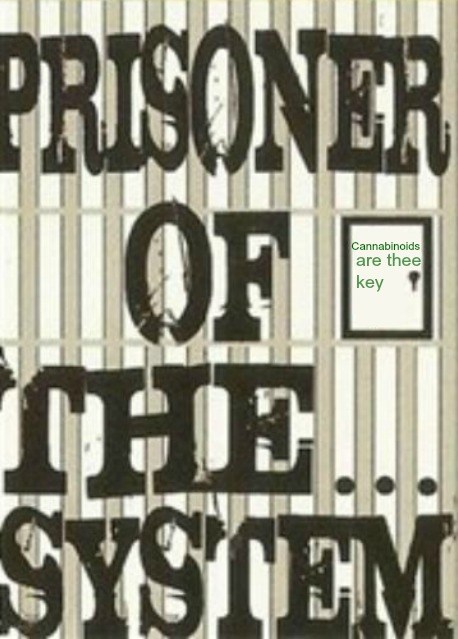Full Inhibition of Spinal FAAH Leads to TRPV1-Mediated Analgesic Effects in Neuropathic Rats and Possible Lipoxygenase-Mediated Remodeling of Anandamide Metabolism.
Source
Dept. of Pain Pharmacology, Institute of Pharmacology, Polish Academy of Sciences, Smetna, Krakow, Poland.
Abstract
Neuropathic pain elevates spinal anandamide (AEA) levels in a way further increased when URB597, an inhibitor of AEA hydrolysis by fatty acid amide hydrolase (FAAH), is injected intrathecally. Spinal AEA reduces neuropathic pain by acting at both cannabinoid CB1 receptors and transient receptor potential vanilloid-1 (TRPV1) channels. Yet, intrathecal URB597 is only partially effective at counteracting neuropathic pain. We investigated the effect of high doses of intrathecal URB597 on allodynia and hyperalgesia in rats with chronic constriction injury (CCI) of the sciatic nerve. Among those tested, the 200 µg/rat dose of URB597 was the only one that elevated the levels of the FAAH non-endocannabinoid and anti-inflammatory substrates, oleoylethanolamide (OEA) and palmitoylethanolamide (PEA), and of the endocannabinoid FAAH substrate, 2-arachidonoylglycerol, and fully inhibited thermal and tactile nociception, although in a manner blocked almost uniquely by TRPV1 antagonism. Surprisingly, this dose of URB597 decreased spinal AEA levels. RT-qPCR and western blot analyses demonstrated altered spinal expression of lipoxygenases (LOX), and baicalein, an inhibitor of 12/15-LOX, significantly reduced URB597 analgesic effects, suggesting the occurrence of alternative pathways of AEA metabolism. Using immunofluorescence techniques, FAAH, 15-LOX and TRPV1 were found to co-localize in dorsal spinal horn neurons of CCI rats. Finally, 15-hydroxy-AEA, a 15-LOX derivative of AEA, potently and efficaciously activated the rat recombinant TRPV1 channel. We suggest that intrathecally injected URB597 at full analgesic efficacy unmasks a secondary route of AEA metabolism via 15-LOX with possible formation of 15-hydroxy-AEA, which, together with OEA and PEA, may contribute at producing TRPV1-mediated analgesia in CCI rats.
- PMID:
23573230
[PubMed – in process]

http://www.ncbi.nlm.nih.gov/pubmed/23573230

